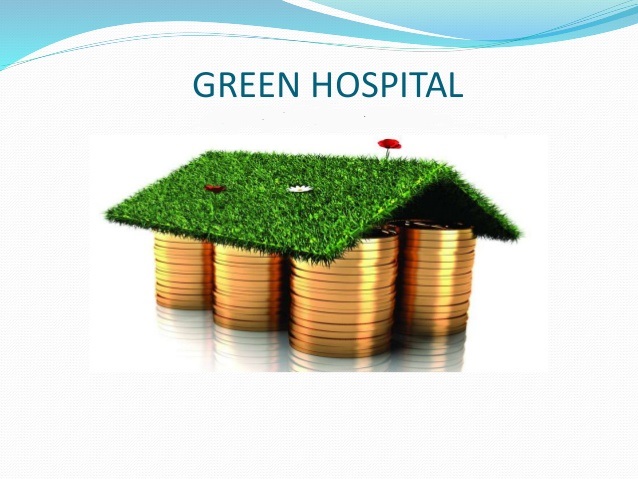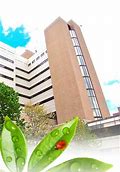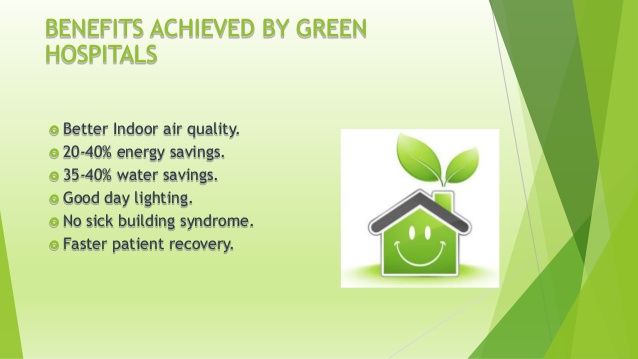The Business Case for Green Healthcare Facilities
“As of today, healthcare providers and designers are coming to know that a focus on green design at the beginning of the process can facilitate building features that will provide environmental and social benefits without necessarily increasing costs.”


Health care institutions’ core mission of protecting human health provides
the basis for them to speak with their words and actions on the health implications
of building construction and operation. The healthcare industry has a leadership
opportunity to move the larger building industry to a healthier approach by
demonstrating the best in healthy, sustainable design, construction, operations
and maintenance practices in its own facilities.
All of us in the healthcare industry know that hospitals are large consumers of
energy and are responsible for a lot of the carbon dioxide emissions given off
by buildings and the construction industry. There is also the huge amount of
different types of waste produced by hospitals, some of it toxic.

Dumping all of these unhealthy types of waste into the environment isn’t what
the mission of healthcare provision is about, not to mention the financial aspects
(energy costs) associated with running facilities 24 x 7. Hippocrates said “First, do no harm.”
As of today, healthcare providers and designers are coming to know that a focus on
green design at the beginning of the process can facilitate building features that will
provide environmental and social benefits without necessarily increasing costs.
Take, for instance, this example: by just orienting a building correctly to optimize window
openings and passive solar heat gain may result in lower energy usage and increased
reliance on natural daylight which increases productivity of employees and accelerates
the healing process in patients without adding any increase in the construction cost.
A green building approach can help the healthcare provider avoid expenses at the
beginning of the project. The selection of air-conditioning equipment provides one
example: if the design of the green building minimizes the wastage of heat through
better choice of lighting equipment and has an energy efficient façade the hospital
may require significantly less cooling capacity. This may mean the building could
do with one less chiller and thus reduce the initial project cost substantially.

In Europe there is a growing trend to allow natural light into the Operation Theater (OT).
This is not only because it has environmental benefits but also because natural light
promotes better working environment for OT staff. Research has shown that natural
light enhances mood, increases the alertness level of staff, decreases fatigue, reduces
stress and improves the staff’s natural body rhythms. For hospital staff, best qualities,
quality patient care and more natural light have shown to positively impact job satisfaction.
Operating costs too can be greatly reduced by sustainable design. One major area of savings is in their energy costs. Typically, energy savings attained through sustainable design will exceed any cost premiums associated with their design and construction within a reasonable payback period. This is the key test of green buildings, how they operate during the buildings occupancy phase.
